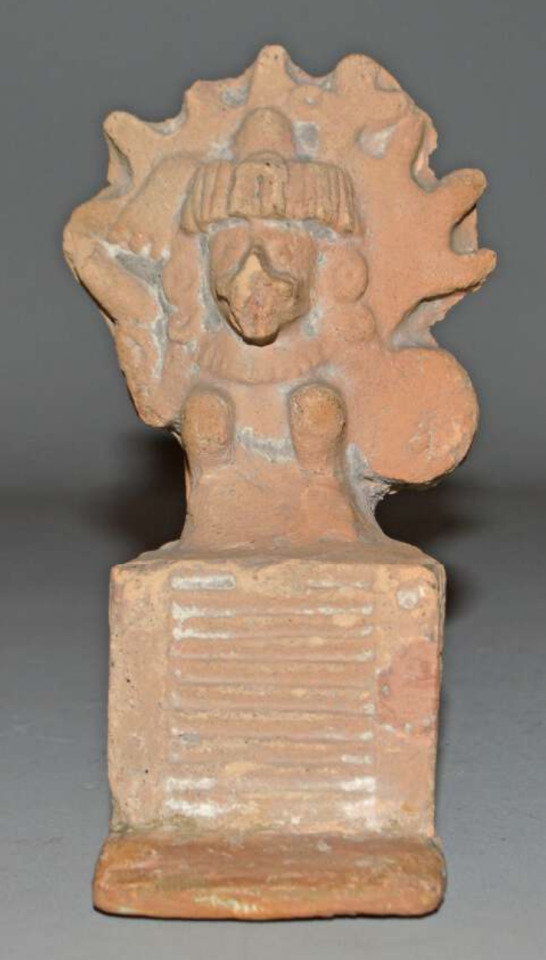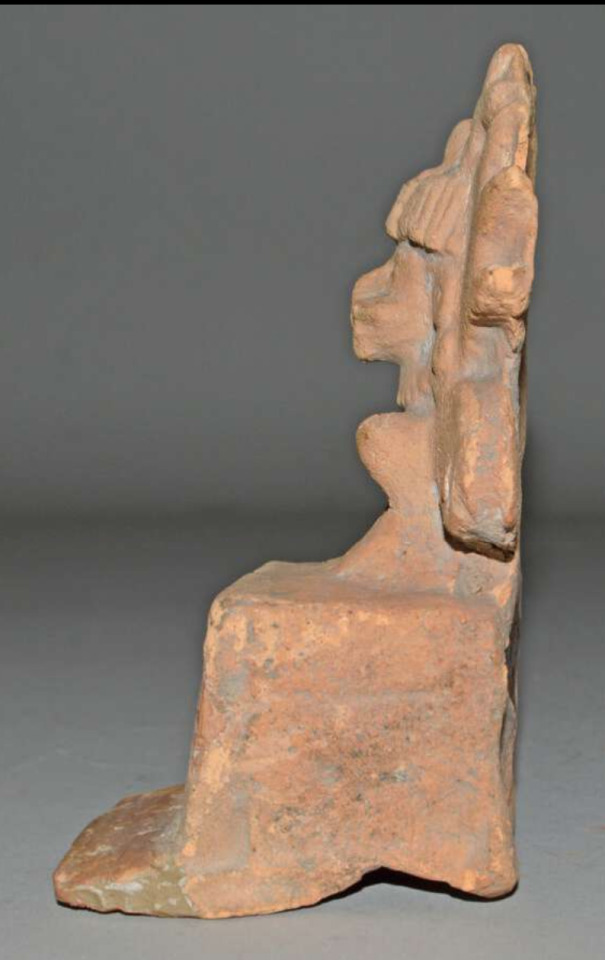Text
0 notes
Text
"The migrations began over probably a period of centuries. Always looking for that place that was to be the center of our world.
The Mystery of Chaco Canyon 1999 Source
1 note
·
View note
Text
Depiction
There are no known representations of the god prior to the 12th century CE, although two stelae from Maya Seibal, dating to the 9th century CE, depict a god with a beak-like face. Ehecatl is most frequently portrayed in Postclassic sculpture and codices, wearing a conical hat and duckbill mask or buccal (although sometimes the corners of the bill have fangs, a common feature of rain gods) which covers the lower part of his face. If coloured, then his body is painted black and his facemask red. He sometimes wears shells, especially the conch shell (ehecacozcatl or 'wind jewel'), worn as a pectoral, with which he whistled his way out of the Underworld. Shells may be another clue as to the god's coastal Huastec origins. One of the most famous statues of the god is from a temple dedicated to Quetzalcoatl-Ehecatl at Calixtlahuaca in the Toluca Valley. The god stands 1.76 m tall, rigid and ready to blow his divine winds through his beak mask. It is now on display in the National Museum of Anthropology in Mexico City.
via World History Encyclopedia by Mark Cartwright
0 notes
Text
Bibliography
Miller, M.E. An Illustrated Dictionary of the Gods and Symbols of Ancient Mexico and the Maya. Thames & Hudson, 1997.
Miller, M.E. The Art of Mesoamerica. Thames & Hudson, 2012.
Nichols, D.L. The Oxford Handbook of Mesoamerican Archaeology. Oxford University Press, 2016.
Phillips, C. The Illustrated Encyclopedia of the Aztec & Maya& Central America - Including The Aztec.. Lorenz Books, 2007.
Townsend, R.F. The Aztecs. Thames & Hudson, 2009.
0 notes
Text


Ehecatl
via The British Museum Pottery representation of a temple with a central staircase, and surmounted by a female divinity wearing an elaborate headdress, earrings, necklace and possibly holding a shield on her left arm. According to the label, it is the wind god Ehecatl. 15th - early 16th cent. acquired 1856.
0 notes